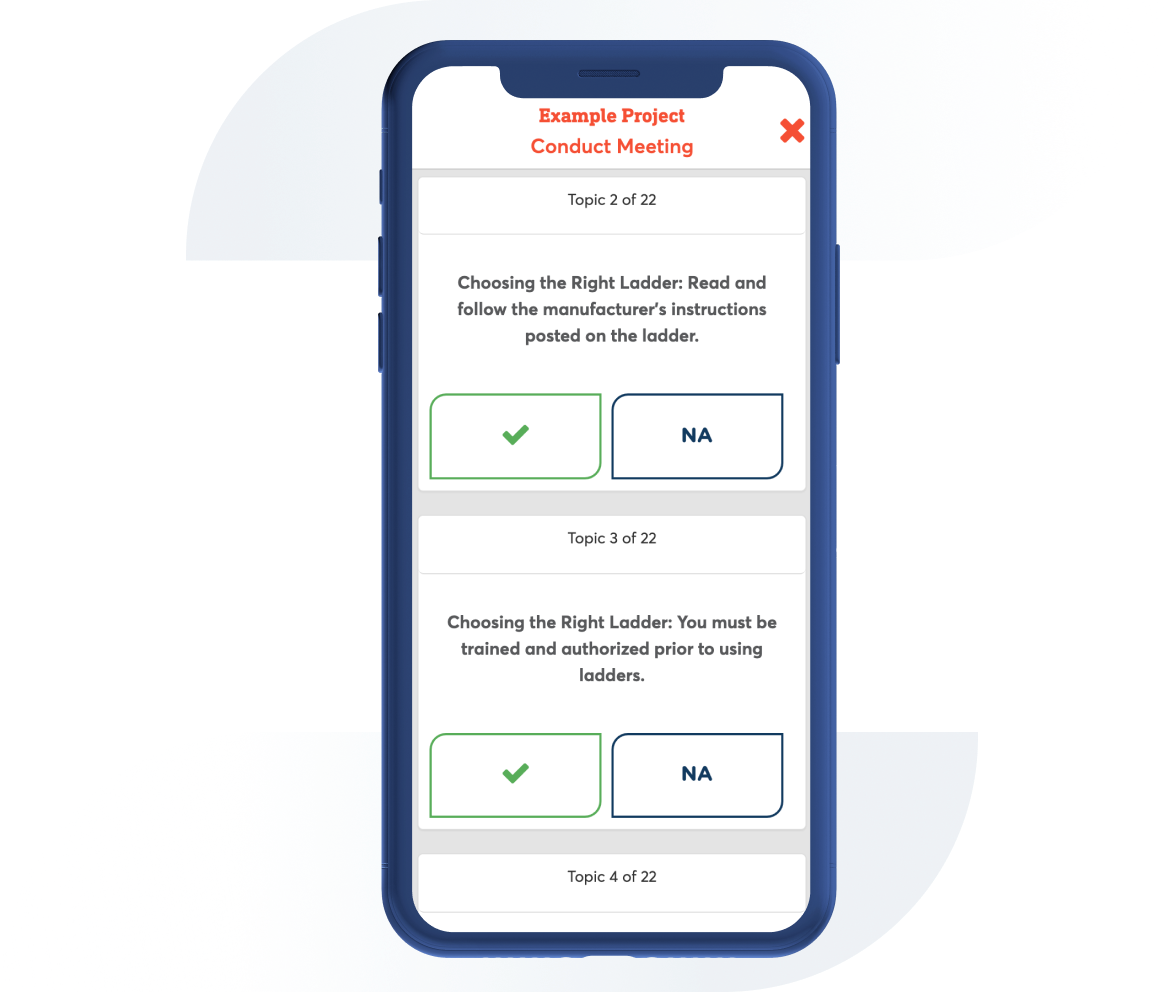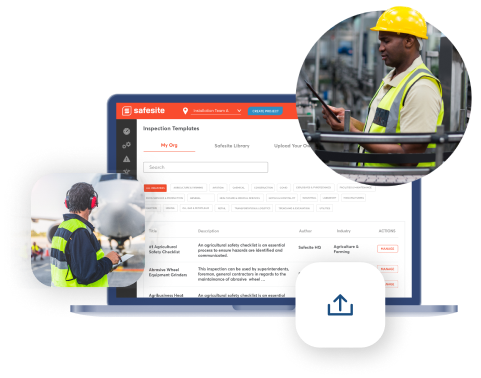Aerial Lifts and Electrical Hazards in Tree Care
Contributor: Safesite HQ 2 Jurisdiction: General
Use this safety meeting to review electrical hazards on aerial lifts.

1. Direct or indirect contact of electrical lines can pose a hazard for truck-mounted aerial lifts or compact lifts. Spotters can help prevent electrical hazards and injuries by providing directions to operators, alerting other ground personnel of potential hazards, and calling for assistance in case of emergency.
2. The most important safety of any mobile equipment is proper training. Operators must go through safety and operations training before they can operate. Retraining is also important as bad habits can be learned over time.
3. Conduct a daily equipment inspection or after each shift when used on multiple shifts. This includes both a visual and physical inspection. If deficiencies are found during the inspection, tag the lift out of service until repairs can be made.
4. Most aerial lifts are only approved for use in wind speeds under 25 mph so check the weather report and consider a wind sock at your worksite.
5. Always conduct a pre-work inspection. Be on the lookout for power lines and other utilities, trees or limbs that are above power lines, and gound stability to prevent tipping over.
6. Never allow any part of the aerial device to make contact with energized or conductive objects.
7. A spotter is required when there is a potential to violate the MAD.
8. The operator must look in the direction that the bucket is traveling, however you should never work with your back to power lines. Groundsmen should assist by spotting and communicating to operators when moving the bucket.
9. Corded electrical equipment should never be run from the vehicle when working near proximity to conductive equipment.
10. If you're working on the ground, you should never approach an operator unless they acknowledge your presence and stop operations. Give a wave and wait for a nod of acknowledgement from your operator before continuing on. Communication methods should be established before starting work.
11. High vis clothing and PPE should be worn so operators can see personnel in the area. Before operations check that garments are clean and well maintained.
12. Avoid cell phones and other potential distractions when operating equipment.
13. In what other ways can power lines pose a threat while operating on aerial lifts?
Additional Comments

Can't find what you are looking for?
